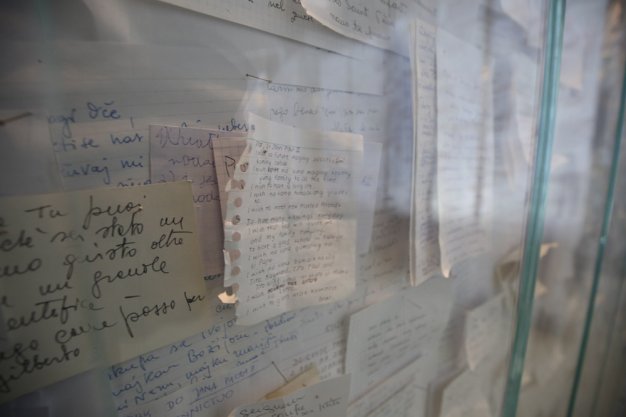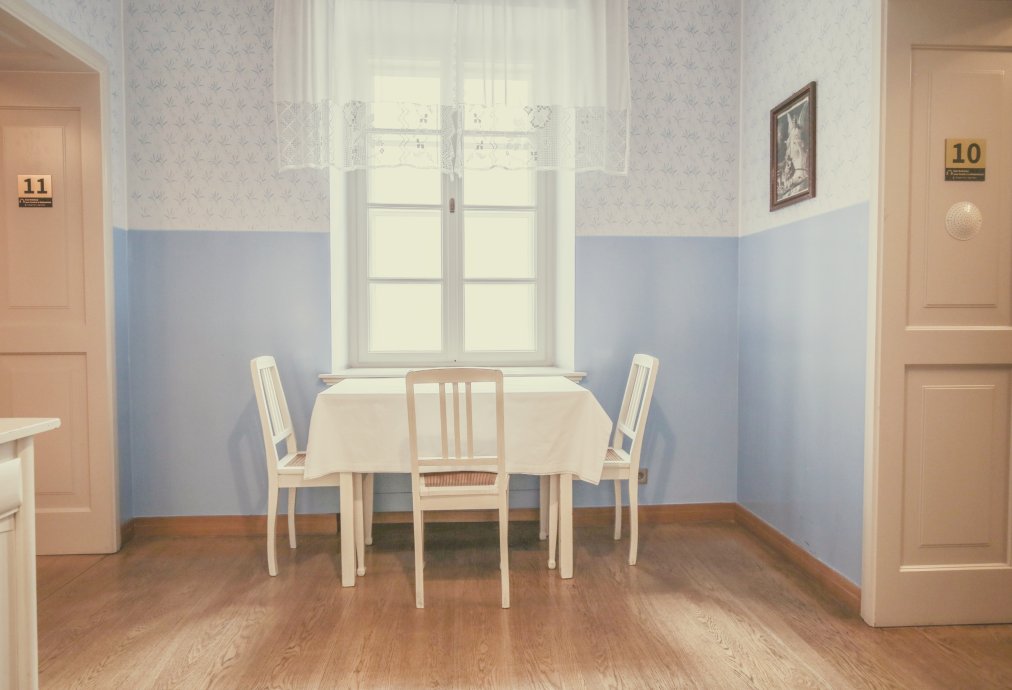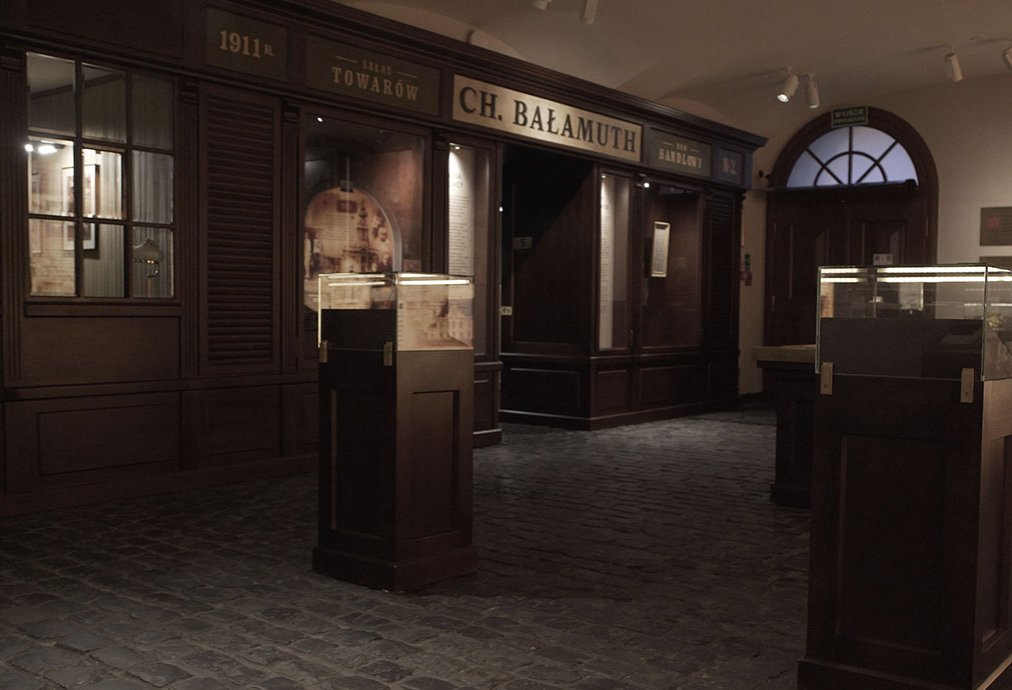
Exhibition
about the exhibition
The entrance to the exhibition is from the market square. You should allow about 1 - 1.5 hours to visit the museum.
Buy tickets online
Main square 2, flat number 4
The world's first narrative exhibition dedicated to the Polish Pope is located in the apartment building where he was born on May 18, 1920. The heart of the modern exhibition space, divided into 16 thematic zones, is the two-room apartment where Karol Wojtyla spent the first 18 years of his life.

"I always return to this city with the feeling that I am expected here as if I were in a family home. And the house was on Koscielna Street..."
The house at 7 Koscielna Street was built around 1870, and in 1919, when the Wojtyls moved in, it belonged to Jewish merchant Chiel Balmuth. At the time, Emilia, Karol and their son Edmund occupied a first-floor apartment consisting of a kitchen, bedroom and living room.
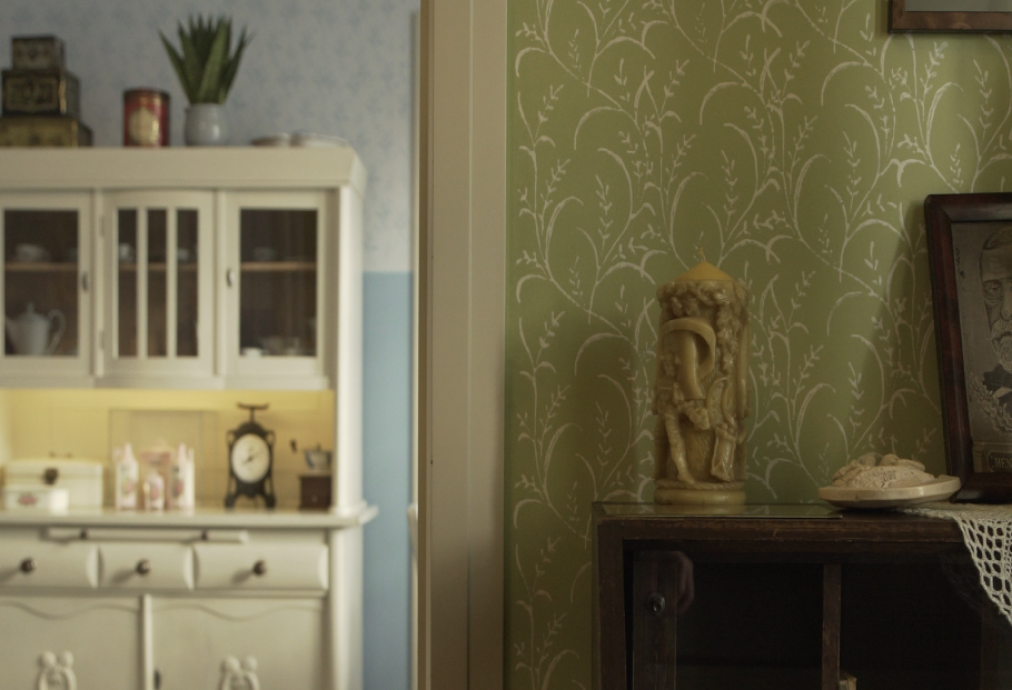
Wadowice - Little Homeland
The exhibition is a symbolic journey through the life of Karol Wojtyla. The atmosphere of Wadowice of the interwar years - as Karol remembered it - full of rich culture and the spirit of patriotism. It reveals the process of shaping his spirituality - from his childhood years, especially Marian devotion, pointing to its Wadowice roots.
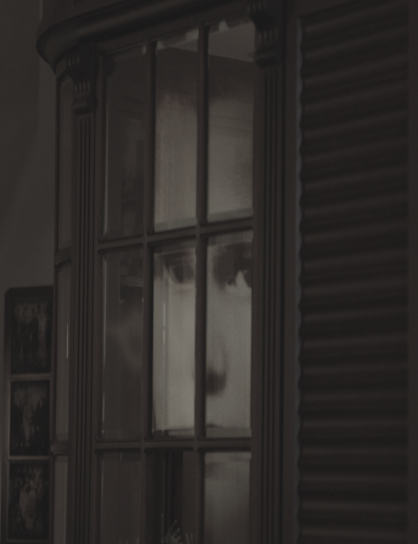
The most important moments in the life of the young Karol Wojtyla. Photographs of his parents, brother, colleagues and friends, as well as original memorabilia tell the story of an extraordinary man.

Young Karol's Wadowice is a world of intermingling cultures and religions. Hence we find here traces of Wadowice's Jews, a community that before the war made up about 20 percent of the town's population. Today, the figures seen in the arranged Bałamuth Shop are a reminder of this history. Among the many anonymous faces, one can spot Jurek Kluger, a Jew with whom Karol Wojtyla was a lifelong friend, and when he was elected pope it was his colleague from Wadowice who served as a link for him in intercultural dialogue.
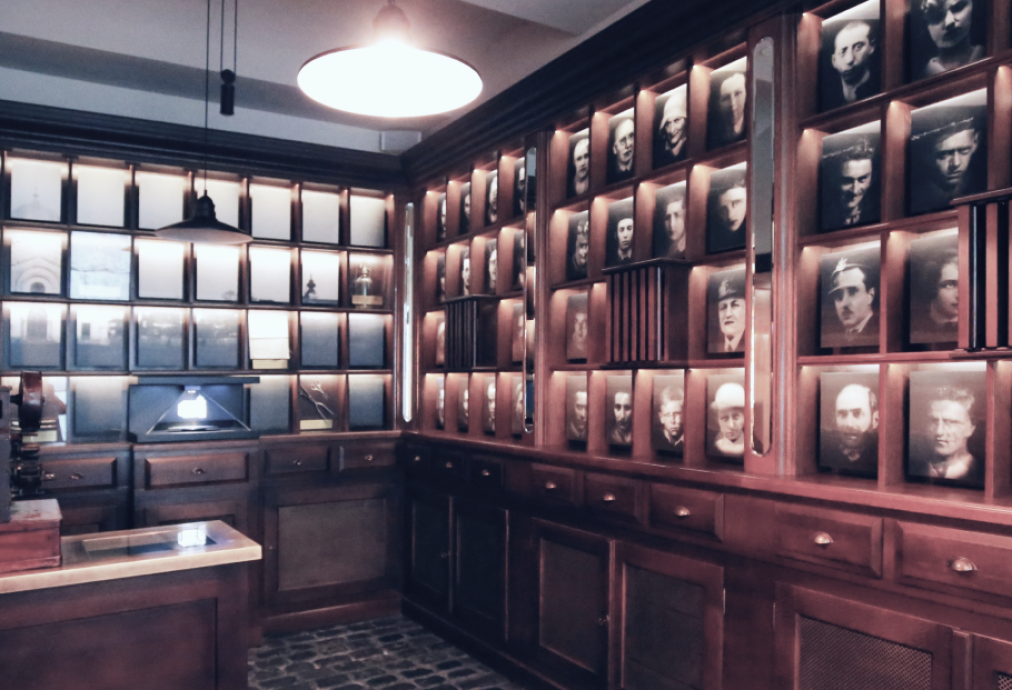
Heart of the Museum
For 19 years the Wojtyla family occupied an apartment on the first floor of the house at 7 Kościelna St. Today we can see it reconstructed based on the memories of neighbors and colleagues of Karol Wojtyla. It consists of three rooms in an amphilad arrangement and was furnished in a bourgeois style.

It houses the most valuable mementos of the Wojtyla family: Mrs. Emilia's silver purse and her gold medallion with a four-leaf clover, a bookcase and the family tableware. It is here that you can look at the family album and photographs on which more than 100 years of history have been imprinted....

The small middle room is where Karol Wojtyla was born on May 18, 1920 to the sound of the Litany of Loretto. After Mrs. Emilia's death, it became the bedroom of father and son, and life was centered in the kitchen every day from then on. It was from its window that little Karol looked at the sundial and the inscription "Time flees, eternity waits." He recalled the frequent moments of reverie and reflection associated with this inscription many times later, already as John Paul II.
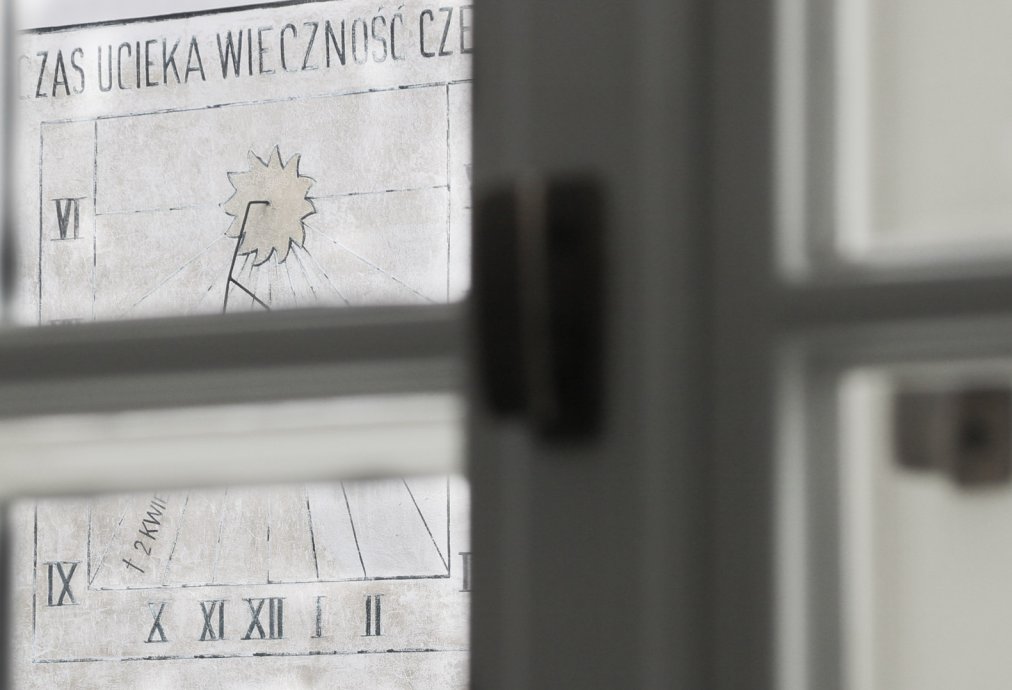
Cracow
In the summer of 1938, after his high school graduation, 18-year-old Karol left his hometown of Wadowice and moved with his father to Cracow. Here, the exhibition takes us back to the next 40 years that, with short breaks, Wojtyla spent in Cracow.
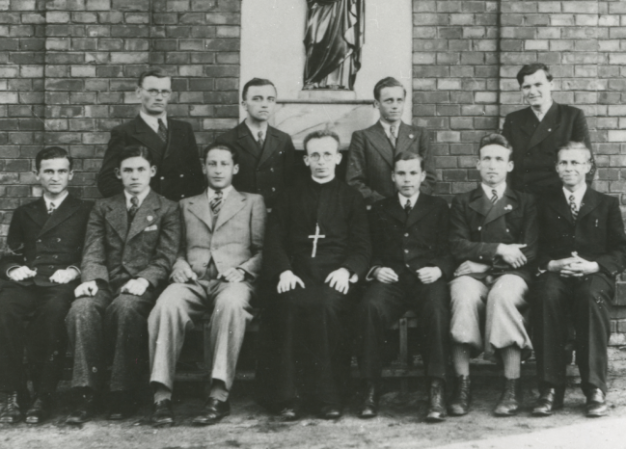
We get to know Karol Wojtyla as a student of Polish Studies at Jagiellonian University, developing his love of poetry and theater, who is directly affected by the suffering of World War II. That's when he takes up forced labor at Solvay to avoid arrest. Together with Karol, we experience the passing of his Father, the last person from his family.
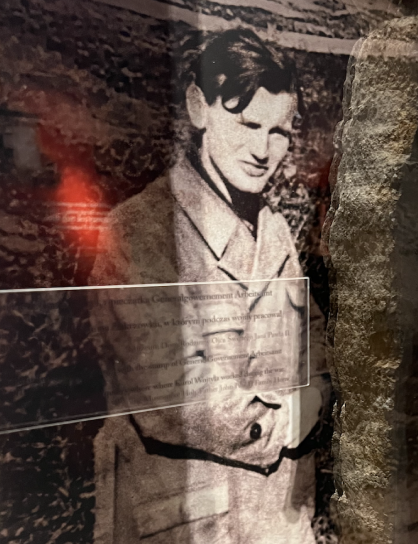
What comes to the fore, however, is Karol Wojtyla's vocation to the priesthood, maturing during this dramatic time of war. This time in Karol Wojtyla's life - as a priest, bishop, metropolitan archbishop and cardinal - is symbolically represented by a sequence of clerical outfits worn by him at various stages of his ministry. The exhibition also gathers here valuable mementos from those years, such as Fr. Wojtyla's master's diploma in theology, a certificate of morality from his first parish in Niegowici, and a mitre and gloves from his episcopal consecration in 1958.
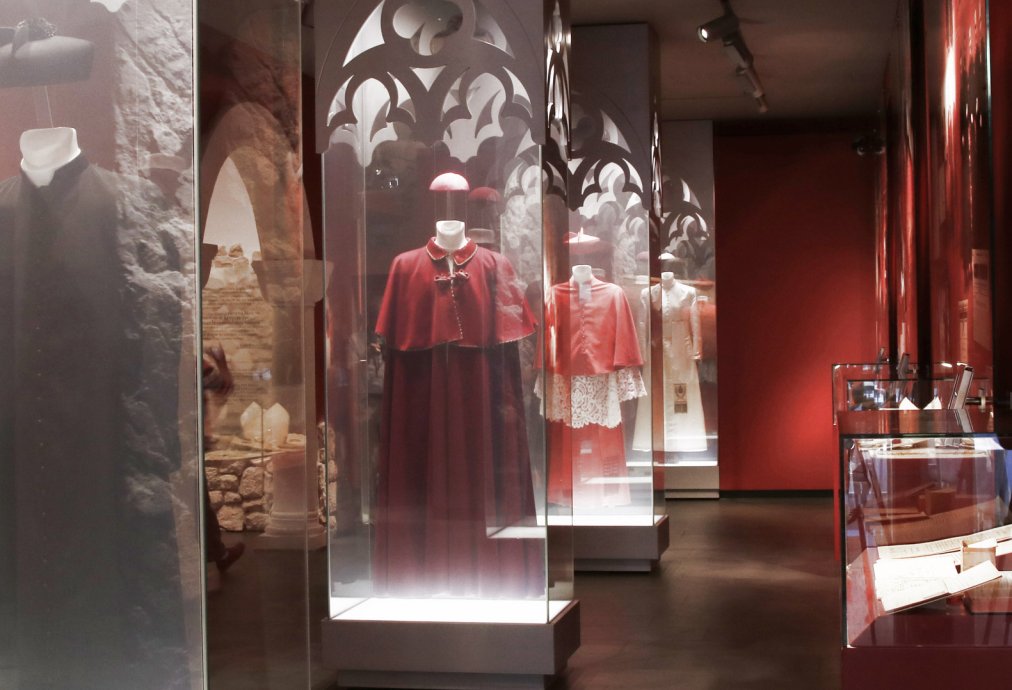
The Pope from Wadowice
Cardinal Wojtyla's 40-year stay in Cracow was crowned by the date of October 16, 1978, when the College of Cardinals decided to elect the Pole to the See of Peter. He is remembered by the first papal cassock in which he blessed the faithful in Vatican St. Peter's Square on the memorable evening when he appeared to the world for the first time as John Paul II.

The words of Cardinal Pericle Felici, who announced in Latin to the gathered crowds, also resonate here: Habemus papam... Among the exhibits gathered, a life-size replica of a boat from the time of Christ, found by the Sea of Galilee. It is a symbol of the Church, whose helmsman became a cardinal from Krakow.
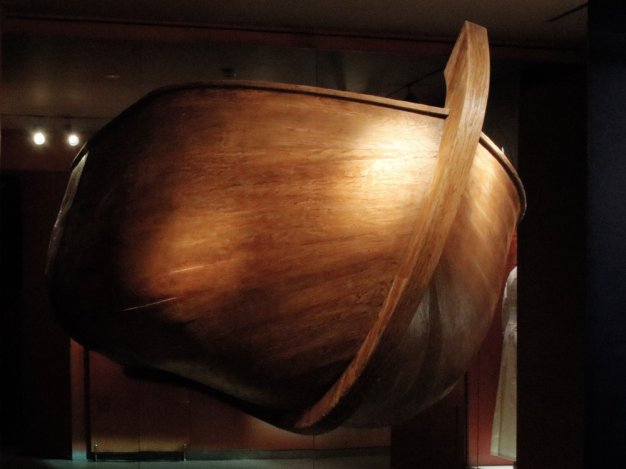
"Joy is intertwined with pain..."
"Joy is intertwined with pain..." These words from the Holy Father's unspoken speech prepared for Wednesday's general audience on May 13, 1981, fully capture the emotions that accompanied those dramatic events.... In the depths of black, gray and white, we find unique, silent witnesses to those events - including: the original Browning HP 9mm pistol belonging to Ali Agca, the suit of the head of papal security Francesco Pasanisi, and the image of Our Lady of Czestochowa in front of which there was unceasing prayer for the wounded Pope.
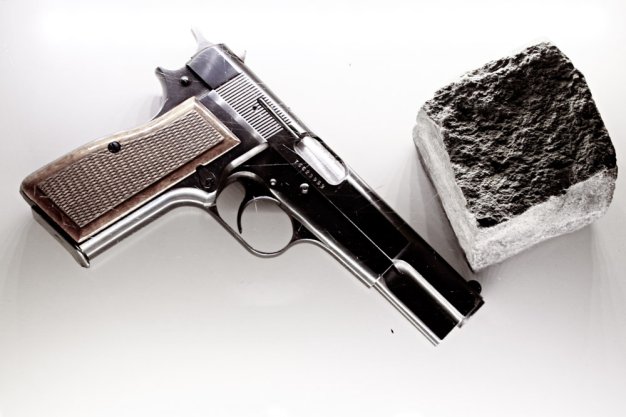
"That afternoon, someone's hand was shooting, another was guiding the bullet..."-said John Paul II about the events of May 13, 1981 John Paul II owed the saving of his life to Our Lady of Fatima. The assassination took place on the day of her liturgical memorial, the day and time of her first apparitions at Fatima in 1917.
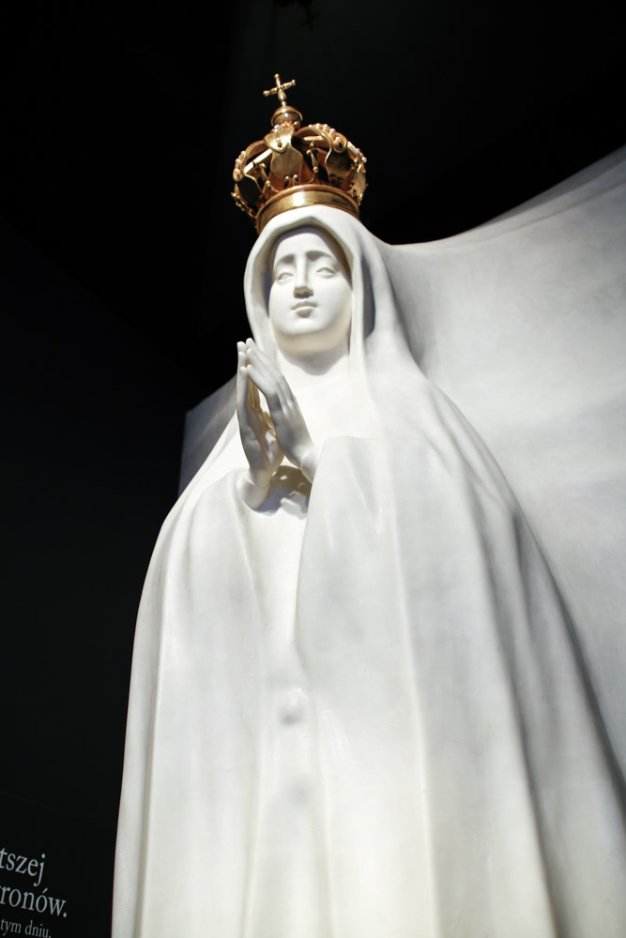

Shepherd of the World
John Paul II tirelessly preached the Gospel to all nations. On his pilgrimages around the world, he appealed for peace, respect for human rights, for justice and social solidarity. He met with representatives of other churches, denominations and religions. He reached the farthest corners of the world, speaking in many languages, always gathering crowds of the faithful around him. 104 apostolic journeys, 129 countries, traveling more than 1.6 million kilometers.
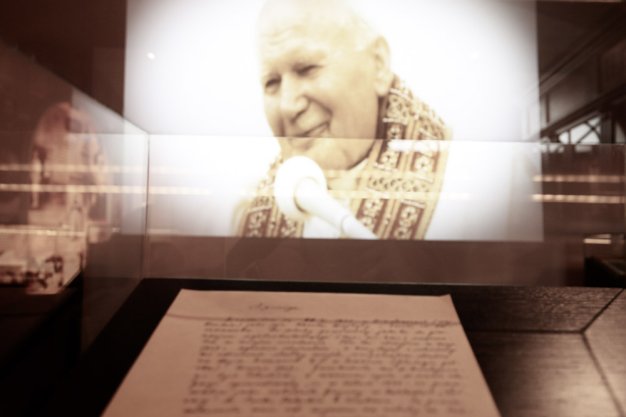
Although he was a citizen of the world, his beloved homeland held a special place in his heart. Eight times he returned to the country on the Vistula River to support his nation. Countless speeches, homilies and one the most important: "Let your Spirit come down! And renew the face of the earth," delivered on June 2, 1979 in Warsaw, during his first pilgrimage to Poland. A calling that became the impetus for social and economic transformation throughout Europe, and consequently for the overthrow of the communist system.
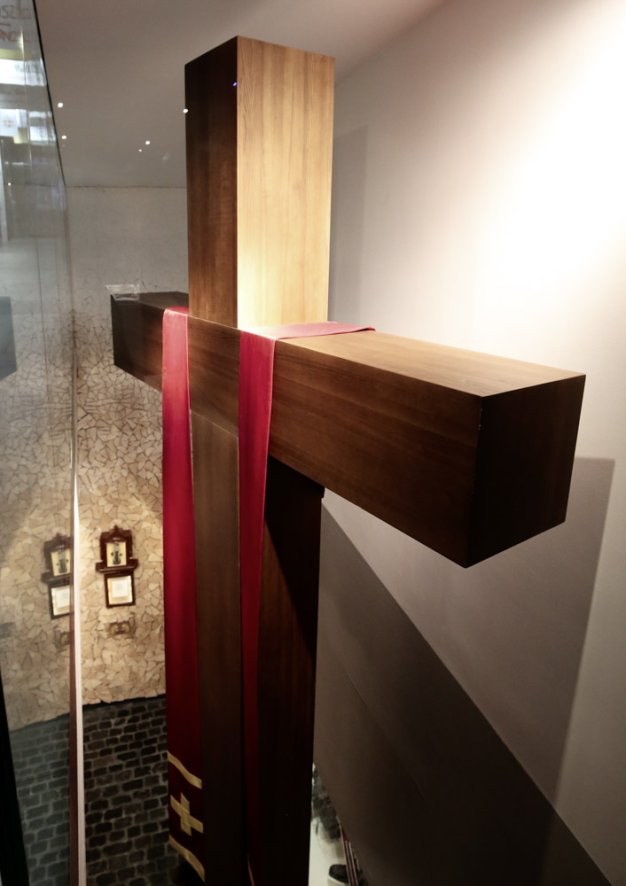
This place in the Family Home of John Paul II is unique. Unique because we are building it together with people coming to Wadowice from all over the world. Already more than 100 capsules from places where John Paul II was have been placed in the glass floor. For many people, it is also a place to mention their meeting with the Polish pope.
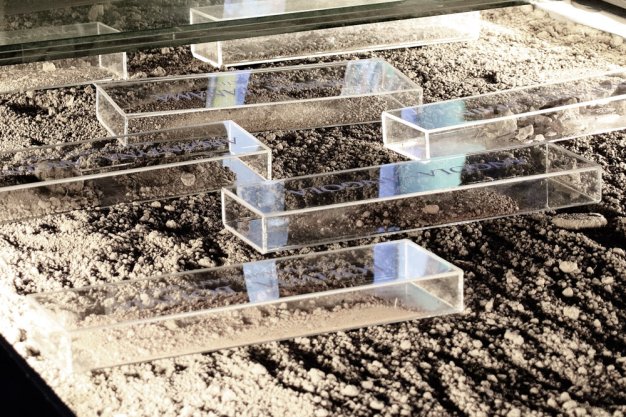
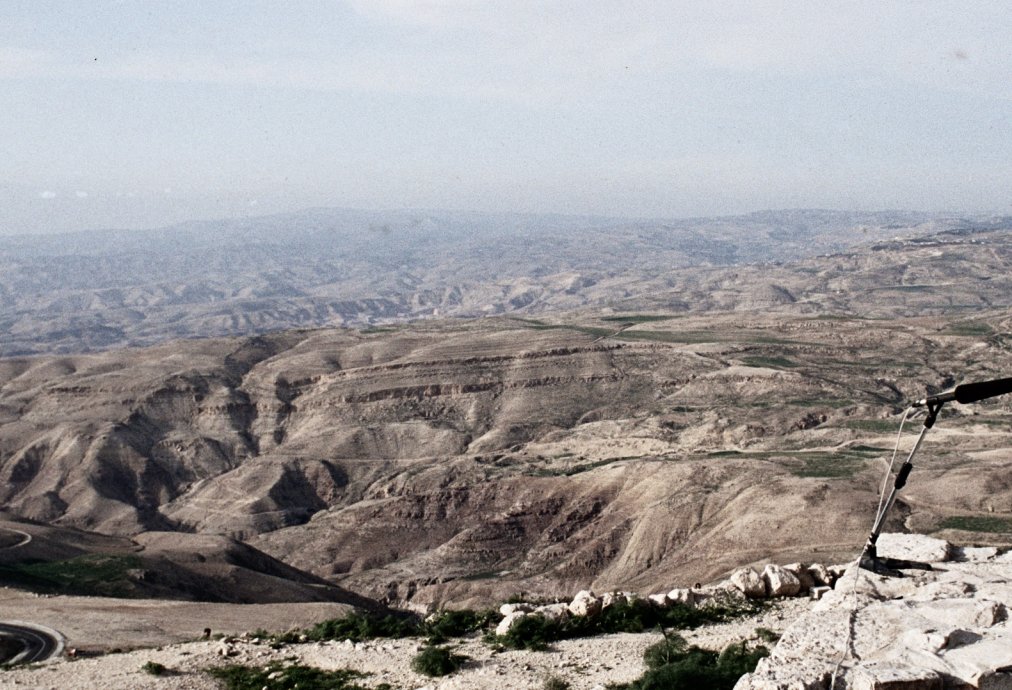
"Do not be afraid! Open wide the door for Christ!"
"Do not be afraid! Open wide the door for Christ," these words, spoken on the day of the inauguration of the pontificate, became a message, a call that John Paul II repeated to the faithful every day.
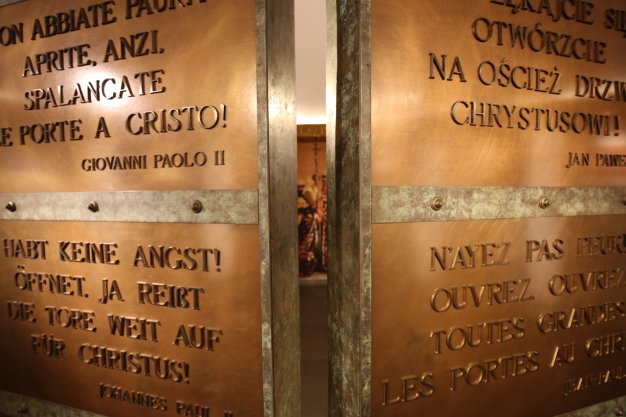
This place, takes us to St. Peter's Basilica. The monumental replica of the Porta Santa, made of bronze, brings to mind a special moment. The moment of their opening. Twice during the 27 years of his pontificate, John Paul II opened them, announcing the start of the Holy Year. In 1983, to celebrate another anniversary of Jesus' atoning death, and in 1999, ushering the Church into the third millennium of Christianity.

John Paul II left countless words that are still relevant today. The fourteen panels, made in the technique of iconography, contain the message of the papal encyclicals, which are the most important documents of every pope. John Paul II's contribution to the teaching of the Church is much greater. It also consists of, among others, 14 apostolic exhortations, 42 apostolic letters and 12 apostolic constitutions.
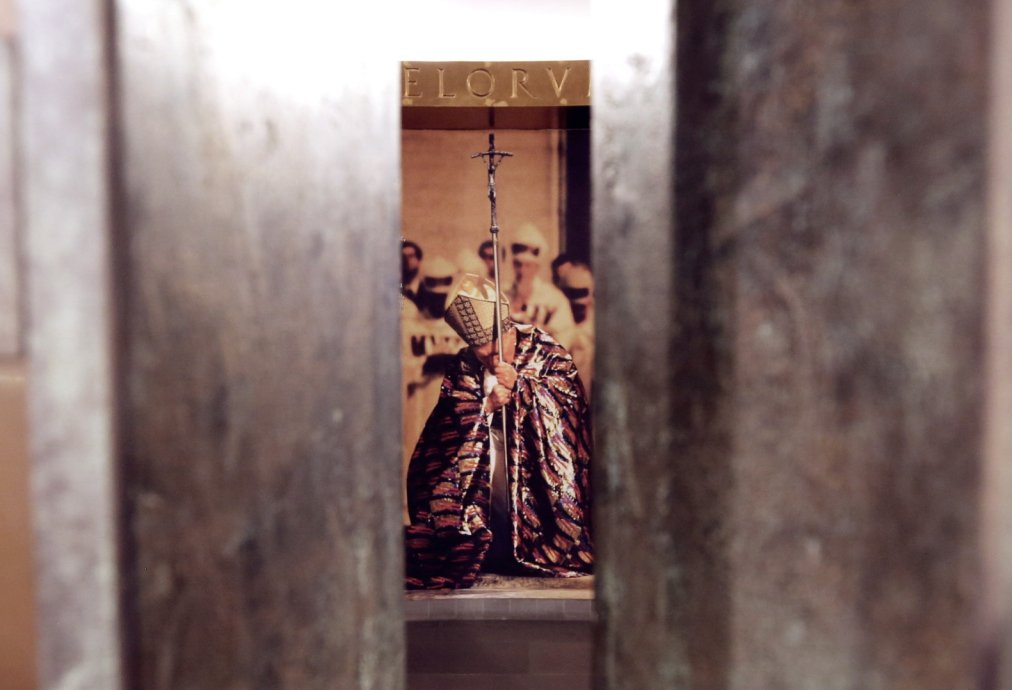
You are the hope of the world!
He said to them that they are the hope of the world and his personal hope. A large photo of John Paul II surrounded by young people emerges from hundreds of colorful panels. Looking through the mirror, we experience the joy of this meeting, becoming part of it.

It's hard not to smile as we listen to the joyful dialogue with the youth on the loudspeakers from the window at Franciscan 3, where the Holy Father teased and joked with those gathered.
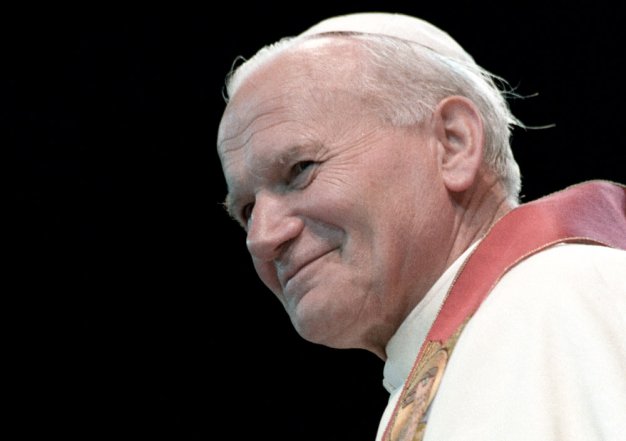
Great was his bond with young people, despite the difference of many generations. The words testify to this: "I was looking for you, now you have come to me." The Holy Father addressed these words to the young people holding vigil in the last hours of his life.
"This passing has sense".
In the final halls of the Museum, the Pope's words "This passing has sense..." resonate in a special way. At a time when people are trying to keep their youth and push old age and suffering out of consciousness. The Pope reminded us that passing has a profound meaning and is the path to the fullness of humanity.
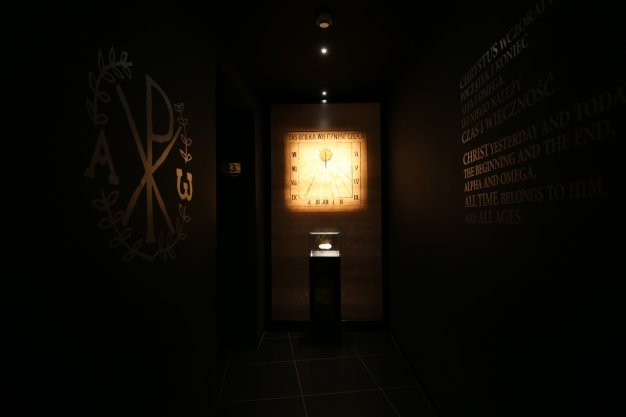
Two unique books are found here. A simple bible and an evangeliary. In the last moments of John Paul II's life, Sr. Tobiana Sobótka read this Scripture to him. The gospel book, in turn, is a faithful copy of the one placed on the coffin during John Paul II's funeral, the pages of which were flipped by the wind to finally close it. Close the book of the Holy Father's life ...,
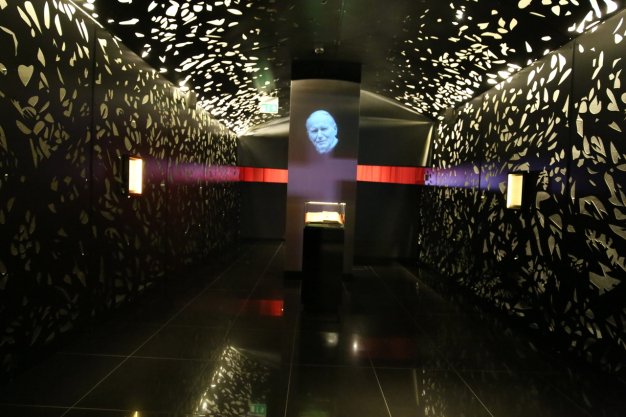
What is death? The Holy Father's attitude proves that passing is only the attainment of the goal of the journey through our lives. Today the Church officially venerates Wadowice resident Karol Wojtyla as a saint, and many requests made to God through the cause of St. John Paul II are heard. This is a sign that he is still present and can accompany us every day.
